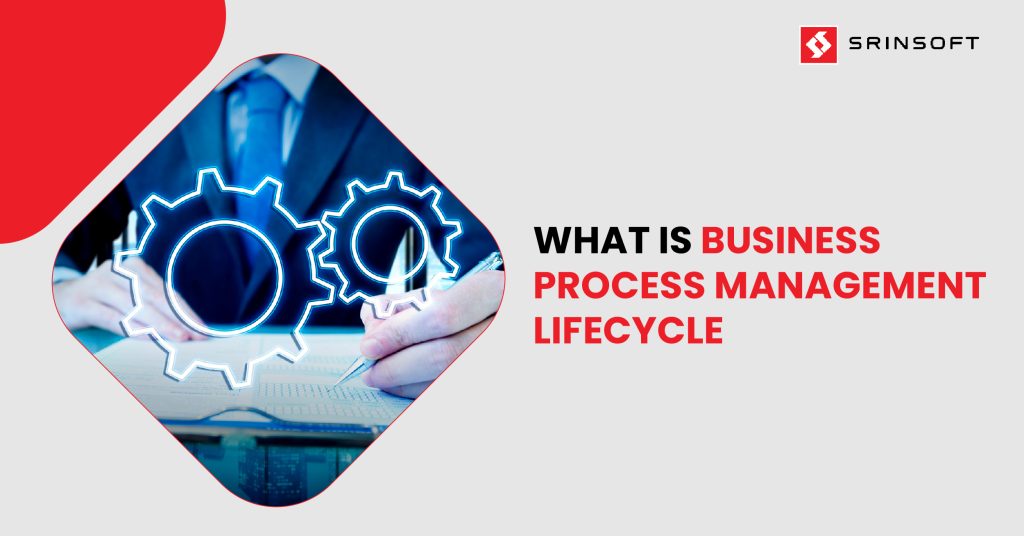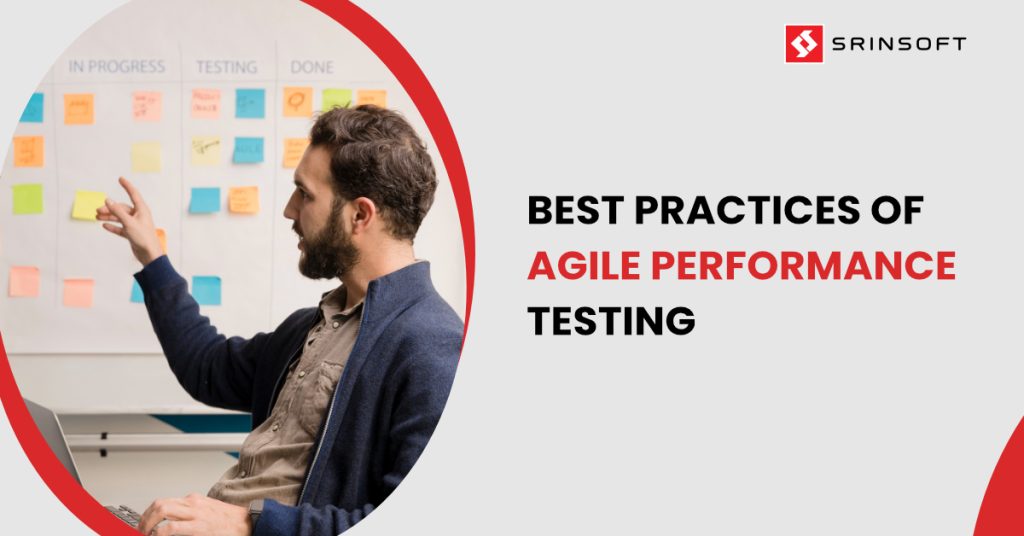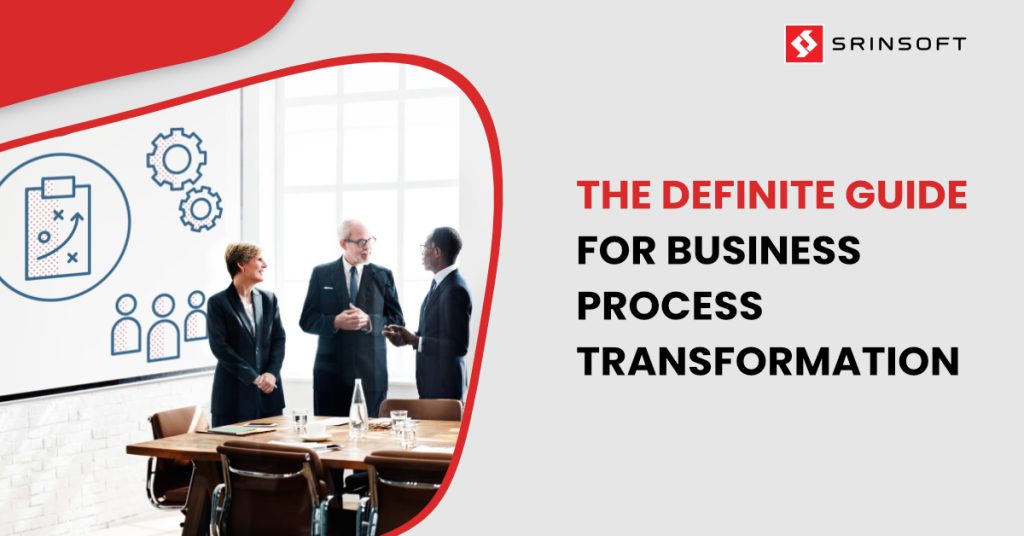
Table of Contents
ToggleThe business process management lifecycle is a structured methodology aimed at optimizing and continually improving an organization’s business processes. This is generally broken down into a few important stages: design, modelling, execution, monitoring and optimization. Each phase takes the previous one as its foundation to optimally manage processes across an organization and orient them towards strategic company goals.
All of this is achieved through an iterative cycle and the processes are optimized to increase workflow and productivity in tandem to responding effectively to changing business conditions.
The BPM lifecycle provides a structured way of designing, executing and monitoring processes. This ensures that processes are performed effectively and are monitored over time to handle performance improvements. And because of this, companies will be capable of improving operational efficiency, cost reduction and maintain flexibility.
Five Stages of BPM
Now that we have an understanding of what goes on during the lifecycle of BPM, let us take a deeper look at the various stages entailed in it.
Design
The design stage in Business Process Management (BPM) is crucial as this paves the way for process improvements. The process starts with an examination of the current state of business processes and identifies specific goals.
Its core purpose is to determine what processes need a new design to achieve business goals, ultimately catering to pain points such as bottlenecks or inefficiencies and delays.
During the design phase itself, one of the key steps is to understand all tasks, stakeholders and technologies involved and then map out the existing process (the “as-is” state).
Relevant tools such as Business Process Model and Notation (BPMN) or ARIS are often used at this stage for process modeling and analysis. BPMN provides standardized diagrams to visually map workflows, while ARIS offers comprehensive modeling capabilities for analyzing process efficiency.
When the issues are identified, enterprises can choose to make continuous improvement (correcting one issue after another) or redesign the entire process.
This stage is particularly important because it requires input from stakeholders such as business analysts, process owners and subject matter experts.
They help lay out a new process (the “to-be” state) which includes the ideal workflow, necessary resources, and metrics to track success. The design phase should also involve creating deployment and training plans to facilitate seamless transition and effective process execution.
Model
The next step in Business Process Management (BPM) is the “Model” stage where you sketch out a concrete representation of business processes with the visual and digital depiction of workflows. This phase starts off by identifying the inputs (raw materials, data, etc.) and outputs (finished products or services) associated with each process.
Mapping out each process step through flowcharts or diagrams helps visualize the sequence of activities and potential outcomes in different scenarios.
There are many BPM software tools (such as Pega, Creatio, Camunda, IBM Process Designer, and Appian) which support this phase with their modeling and simulation capabilities. These tools allow help to visually design workflows, simulate different scenarios, and predict outcomes based on time, cost, and resources. By using these tools you can facilitate better decision-making.
Besides providing clarity on processes, modeling phase indicates which areas are ripe for automation, thereby minimizing errors and freeing up employees to concentrate on tasks of greater value.
After modeling the process, it can be tested through simulation tools to see how it behaves under different conditions of cost, time and resource. These simulations allow us to identify areas of improvement and make any modifications before they can be implemented, ultimately leading to a better outcome. Modeling provides a view of how the current process works and allows organisations to compare it to the ideal future state.
Execute
Once the processes have been modelled the subsequent step is to implement them into action. These processes should be tested it in a controlled environment or with a small group of users before you fully launch the process across the organization. During the trial run, you need to find errors or implement fixes.
The execution stage is based on predefined business rules that BPM tools use to execute workflows, including retrieving data from other systems, or automatically completing documents approval or expense claim. This can eliminate the manual effort associated with completing these tasks.
There are two main approaches to execution: systemic and non-systemic. Systemic execution uses BPM software and tools to automate processes, while non-systemic methods involve manual steps. Both approaches aim to ensure the smooth implementation of workflows designed in earlier stages.
Before a full-scale implementation, it is vital to create a Proof-of-Concept and gather feedback to adjust processes. In addition, change management plans are important for transition planning, training and dealing with people affected by the changes — employees as well as customers and suppliers.
In addition, change management plays a crucial role in ensuring the successful adoption of new processes during the execution phase. Effective change management includes transition planning, comprehensive training, and addressing concerns of all stakeholders, such as employees, customers, and suppliers, to minimize resistance and ensure smooth execution.
During execution, monitoring tools and metrics such as real-time dashboards assist in measuring performance and support continuous improvement throughout the execution phase.
Monitor
As with any BPM lifecycle, monitoring is integral to ensure that business processes behave as expected and meet organizational goals. During this stage, Key Performance Indicators (KPIs) are tracked to assess process efficiency, effectiveness, and compliance.
Cycle time, process cost, throughput, error rates, and customer satisfaction are among the most common KPIs.
Monitoring is crucial to finding bottlenecks, or inefficiencies that need more optimization. Continuously monitoring and measuring performance helps to ensure that processes are aligned with strategic objectives.
Stakeholders also provide valuable feedback on time and cost savings, and any issues that might arise during execution.
You must incorporate BI Tools which will help in capturing the data, creating reports and visualization of performance metrics. This gives a view of industry benchmarks that organizations can use to determine how their processes stack up.
In general, monitoring helps in evolving processes to better support broader business goals & keep them aligned with evolving requirement.
Optimize
Process optimization is all about simplifying and streamlining our existing business processes to deliver more value and operational efficiency for the organization.
Based on the insights gained from monitoring the processes, this stage exposes various areas where improvements can be brought about, such as through automation initiatives, workflow optimization or eliminating inefficiencies.
Optimization is a continuous process of aligning operations with changing business strategy, market context and regulatory requirements.
At this stage, businesses aim to close the gap between current performance and the ideal process model by making measured adjustments. The aim is to increase output quality, decrease costs, reduce process lead time and get rid of barriers such as bottlenecks or friction points.
These improvements are often achieved using tools such as business process automation and management systems.
Most importantly, BPM optimization aims to make sure that individual workflows are optimized and support the business goals better, thereby improving the agility and competitiveness of the company.
Continuous improvement, as part of the optimization process, involves regularly evaluating and refining processes even after they are implemented. By collecting feedback, conducting performance reviews, and making incremental adjustments, organizations can ensure their processes stay efficient, relevant, and aligned with business goals in a rapidly changing environment.
An iterative approach to continuous improvement supports organizations in staying agile and effective in a fast-moving business environment.
How to Ensure Smooth Transition Between BPM Lifecycle Stages
Integrating people, process and technology while transitioning through different stages of the BPM lifecycle is often difficult. Each stage requires careful coordination to ensure smooth transitions and effective outcomes.
Clear communication is key. Sharing progress with stakeholders and keeping them informed about what is coming up during transitions help to create collaboration. Provide Clear instructions on the next step and the roles of each team member and how their contribution fits in the context of BPM lifecycle. Consequently, we reduce ambiguity and enforce responsibility.
Another critical aspect is to invest in training. Educating your team on the skills and knowledge needed for every stage helps you achieve smooth transitioning. A well-trained team will be better at adapting to the new processes which means fewer delays and more efficiency involved in each step.
Additionally, you need to conduct reviews at end of each stage regularly. Review things that worked well, issues that were encountered and use these insights to improve for the next round. This continuous feedback loop ensures that potential issues are corrected before advancing further.
Implement BPM with Srinsoft
We, at SrinSoft, very well realize that there are lots of hurdles in the way while implementing BPM. From process modeling to execution and continuous optimization and beyond, organizations face challenges in integrating legacy systems, smooth transition of processes and even managing stakeholder expectations. SrinSoft has been successful in helping organizations across different industries overcome these hurdles while implementing BPM.
Our specialists collaboratively support companies at all the stages of the BPM lifecycle, ensuring that your initiative is always in line with organizational goals. With the best practices like agile methods, automated workflows and real-time analytics, we help businesses overcome common obstacles like siloed data and inefficient processes.
Whether you are strategizing to initiate BPM or to re-engineer your current processes, SrinSoft promises a smooth, effective BPM implementation that drives operational excellence.
FAQs
Why is the BPM lifecycle important for businesses?
It enables continuous improvement, helping companies optimize workflows, reduce inefficiencies, and align processes with evolving business goals.
How does BPM lifecycle support digital transformation?
BPM aligns business processes with digital tools, enabling faster adaptation to new technologies and ensuring streamlined, automated operations.
What tools are used during the BPM lifecycle?
Tools like BPM software, workflow automation platforms, and analytics dashboards are some of the tools used during the BPM lifecycle.
How does BPM lifecycle improve customer satisfaction?
By optimizing internal processes, businesses can respond faster to customer needs, reduce errors, and deliver consistent, high-quality service.








